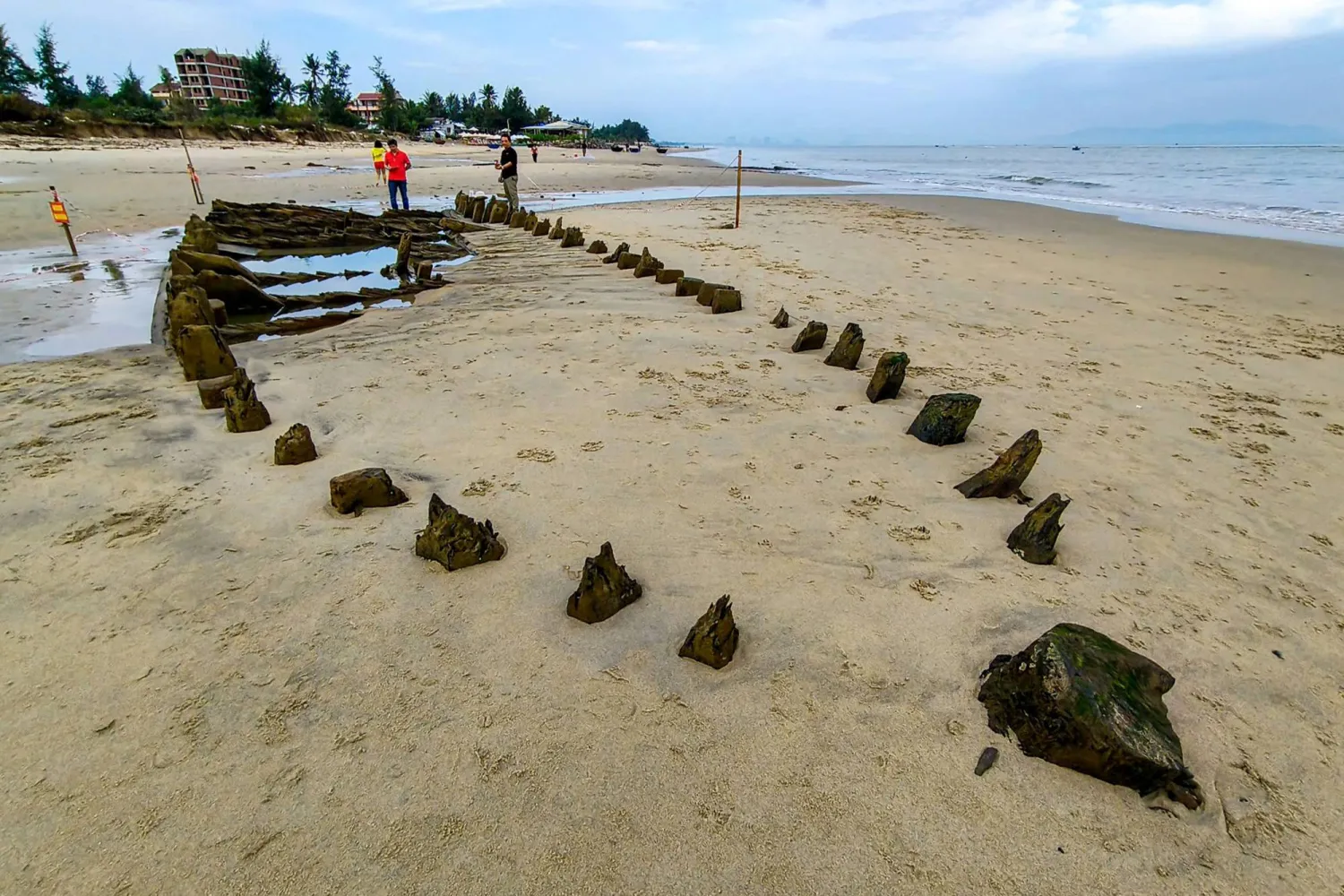Sea urchins in Israel's Gulf of Eilat have been dying off at an alarming rate, researchers announced Wednesday — a development that threatens the Red Sea’s prized coral reef ecosystems.
According to Tel Aviv University scientists, an unknown pathogen is killing off the black sea urchin, Diadema setosum. The massive die-off first began in the eastern Mediterranean Sea, from where it has spread to the neighboring Red Sea, the scientists said.
The black sea urchin is critical to maintaining a healthy reef habitat. Without them, algae grow unchecked, choking off corals and compromising the delicate balance of the reef ecosystem.
A paper outlining the findings was published Wednesday in the journal Royal Society Open Science, The Associated Press reported.
“It’s a fast and violent death: within just two days a healthy sea urchin becomes a skeleton with massive tissue loss,” said Oren Bronstein, a marine biologist at Tel Aviv University and lead author on a series of papers on the sea urchin deaths.
He added that they have ruled out localized poisoning or pollution, and instead suspect a "rapidly spreading epidemic" caused by an as-yet-unidentified pathogen.
Last month, researchers in the United States identified a single-celled parasite responsible for a similar mass die-off of sea urchins in the Caribbean that has laid waste to reef ecosystems.
The Israeli researchers believe a similar pathogen might also be responsible for killing sea urchins in the Mediterranean and the Red Sea, and have called for urgent action by the Nature and Park Authority to protect Israel's already endangered reef ecosystems.
“This new outbreak of disease is a grave concern," said Ian Hewson, a professor at Cornell University's Marine Mass Mortality Lab who was not involved in the Tel Aviv University study.
He added that it “would be interesting to know if the same agent is at work” in the Mediterranean as has been identified killing sea urchins in the Caribbean. “If that is the case it will raise questions about how it is vectored between such geographically separated sites.”









